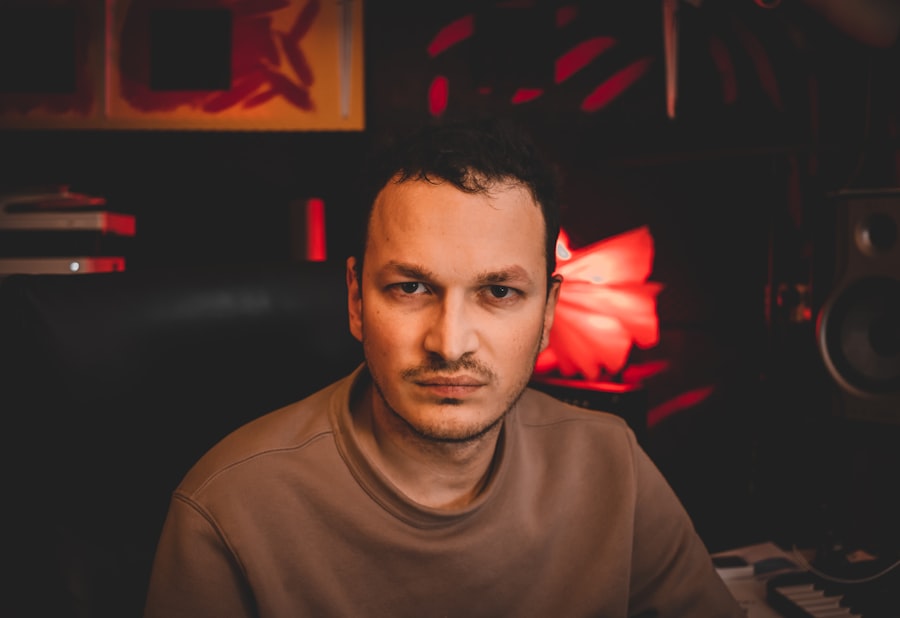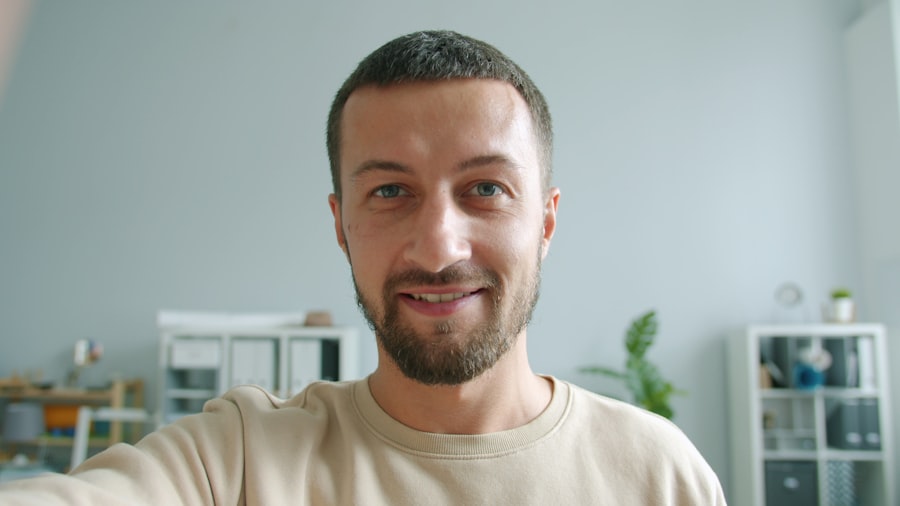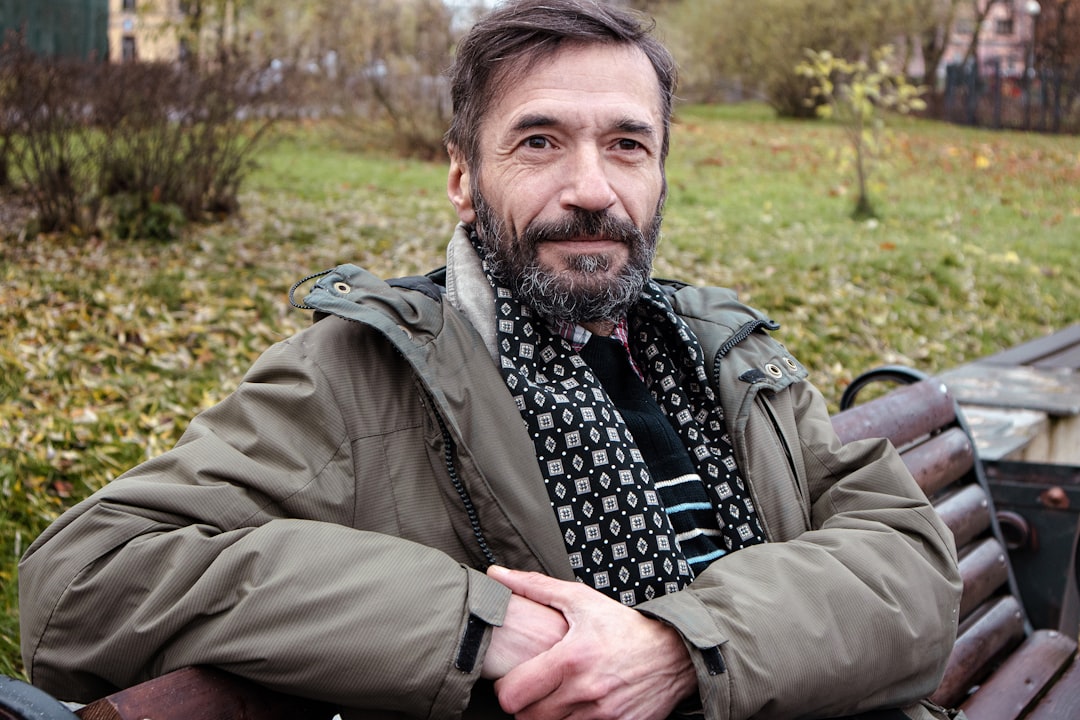The concept of shock therapy emerged in the late 20th century as a radical approach to economic reform, particularly in post-communist nations. It was rooted in the belief that swift and decisive action was necessary to transition from centrally planned economies to market-oriented systems. The origins of this approach can be traced back to the economic theories of neoliberalism, which advocated for minimal government intervention, deregulation, and privatization.
Influential economists, such as Milton Friedman and Friedrich Hayek, championed these ideas, arguing that free markets would lead to greater efficiency and prosperity. In the context of the Soviet Union’s collapse in 1991, shock therapy became a focal point for reformers who sought to address the dire economic conditions facing the newly independent states. The disintegration of the Soviet Union left a legacy of inefficiency, shortages, and rampant inflation.
As these nations grappled with the transition, many policymakers believed that a rapid shift to market mechanisms was essential to stabilize their economies and foster growth. This belief laid the groundwork for the implementation of shock therapy in Russia, where the urgency of reform was palpable.
Key Takeaways
- Shock therapy was introduced in Russia during a severe economic crisis to rapidly transition from a planned to a market economy.
- Yegor Gaidar played a central role in designing and implementing shock therapy policies in the early 1990s.
- The approach focused on rapid liberalization, privatization, and stabilization to jumpstart economic growth.
- While shock therapy led to significant economic disruption and social hardship, it also laid the foundation for Russia’s market economy.
- Gaidar’s legacy remains controversial, with debates over the effectiveness and human cost of his reforms shaping Russian political discourse.
The Economic Crisis in Russia
The economic crisis in Russia during the early 1990s was characterized by hyperinflation, plummeting GDP, and widespread poverty. Following the dissolution of the Soviet Union, the country faced an unprecedented challenge: how to transform an economy that had been centrally planned for decades into one that could thrive in a global market. The abrupt end of state control led to chaos, as prices soared and essential goods became scarce.
The Russian populace experienced a dramatic decline in living standards, with many citizens struggling to afford basic necessities. As inflation spiraled out of control, reaching over 2,500% in 1992 alone, the government found itself in a precarious position. The ruble lost its value rapidly, leading to a loss of savings for millions.
Unemployment surged as state-owned enterprises collapsed or downsized drastically. The economic turmoil was exacerbated by political instability, as various factions vied for power in the wake of the Soviet Union’s dissolution. This environment created a sense of urgency among reformers who believed that immediate and radical measures were necessary to restore order and lay the foundation for a market economy.
Yegor Gaidar’s Role in Implementing Shock Therapy

Yegor Gaidar emerged as a pivotal figure in Russia’s economic transformation during this tumultuous period. Appointed as acting Prime Minister in 1992, Gaidar was tasked with implementing a series of reforms aimed at stabilizing the economy and transitioning to a market-based system.
Gaidar believed that only through rapid reforms could Russia escape the clutches of its economic crisis. Under Gaidar’s leadership, the government introduced a series of measures designed to liberalize prices, privatize state-owned enterprises, and reduce state intervention in the economy. These reforms were met with both enthusiasm and skepticism.
Supporters hailed Gaidar’s vision as a necessary step toward modernization, while critics warned that such drastic changes could lead to social unrest and exacerbate existing inequalities. Despite the challenges, Gaidar remained steadfast in his commitment to shock therapy, believing that it was the only viable path forward for Russia.
The Principles of Shock Therapy
| Principle | Description | Key Metrics | Application |
|---|---|---|---|
| Rapid Economic Liberalization | Immediate removal of price controls and subsidies to allow market forces to set prices. | Inflation Rate, Price Volatility Index | Implemented to stabilize markets and encourage production. |
| Macroeconomic Stabilization | Measures to control inflation, reduce fiscal deficits, and stabilize currency. | Inflation Rate (%), Fiscal Deficit (% of GDP), Exchange Rate Stability | Ensures economic environment conducive to growth. |
| Privatization | Transfer of state-owned enterprises to private ownership to increase efficiency. | Number of Enterprises Privatized, Private Sector Share of GDP (%) | Promotes competition and investment. |
| Trade Liberalization | Reduction of tariffs and non-tariff barriers to encourage international trade. | Tariff Rates (%), Trade Volume Growth (%) | Integrates economy into global markets. |
| Financial Sector Reform | Restructuring banking and financial institutions to improve credit allocation. | Non-performing Loan Ratio (%), Credit Growth Rate (%) | Supports private sector development and investment. |
The principles of shock therapy are grounded in the idea that rapid economic reform can lead to swift recovery and growth. Central to this approach is the notion of price liberalization, which involves removing state controls on prices to allow market forces to dictate supply and demand. This principle aims to eliminate shortages and create a more efficient allocation of resources.
Another key aspect of shock therapy is fiscal austerity, which entails reducing government spending and curtailing subsidies to stabilize public finances. By implementing strict monetary policies, reformers sought to combat hyperinflation and restore confidence in the national currency.
Furthermore, shock therapy advocates for deregulation, aiming to remove bureaucratic barriers that hinder business operations and investment. Collectively, these principles were intended to create an environment conducive to economic growth and integration into the global market.
The Impact of Shock Therapy on the Russian Economy
The impact of shock therapy on the Russian economy was profound and multifaceted. In the short term, the implementation of these reforms led to significant disruptions. Price liberalization resulted in immediate inflationary pressures, causing prices for essential goods to skyrocket.
Many citizens found themselves unable to afford basic necessities as their purchasing power diminished. The privatization process also faced challenges, with widespread corruption and mismanagement leading to the emergence of oligarchs who amassed vast fortunes at the expense of ordinary citizens. Despite these initial hardships, proponents argue that shock therapy laid the groundwork for long-term economic growth.
By dismantling the old Soviet system and fostering competition, Russia began to attract foreign investment and integrate into global markets. Over time, certain sectors experienced revitalization, particularly those related to natural resources such as oil and gas. The economy began to stabilize in the late 1990s, with GDP growth returning and inflation rates gradually declining.
However, this recovery was uneven and often accompanied by social discontent stemming from rising inequality.
Criticisms of Shock Therapy

Critics of shock therapy have raised significant concerns about its social and economic consequences. One major criticism is that the rapid pace of reform disproportionately affected vulnerable populations, leading to increased poverty and social inequality. As state support systems crumbled, many citizens found themselves without safety nets during a time of profound change.
The harsh realities of unemployment and rising prices fueled public discontent and protests against the government. Moreover, critics argue that shock therapy failed to adequately address structural issues within the Russian economy. While some sectors experienced growth, others languished due to a lack of investment and support.
The privatization process often resulted in monopolies rather than competitive markets, undermining the very principles that shock therapy sought to promote. Additionally, widespread corruption during this period eroded public trust in institutions and contributed to a sense of disillusionment with the reform process.
Gaidar’s Defense of Shock Therapy
In response to criticisms leveled against shock therapy, Yegor Gaidar defended his approach by emphasizing its necessity in addressing an unprecedented crisis. He argued that gradual reforms would have been insufficient given the severity of Russia’s economic situation at the time. Gaidar maintained that swift action was essential not only for stabilizing the economy but also for preventing further deterioration into chaos.
Gaidar also pointed out that while the initial impact of shock therapy was painful for many citizens, it ultimately paved the way for long-term growth and modernization. He highlighted examples of countries that had successfully implemented similar reforms and experienced subsequent economic recovery. In his view, the challenges faced during this transition were not unique to Russia but rather part of a broader pattern observed in post-communist economies worldwide.
The Long-Term Effects of Shock Therapy
The long-term effects of shock therapy on Russia’s economy remain a subject of debate among economists and policymakers. On one hand, some argue that it successfully laid the foundation for a more dynamic market economy capable of attracting foreign investment and fostering innovation. The growth experienced in certain sectors during the late 1990s and early 2000s is often cited as evidence of this success.
On the other hand, critics contend that shock therapy entrenched systemic inequalities and created an oligarchic class that continues to wield significant power over the economy and politics. The concentration of wealth among a small elite has led to persistent social tensions and dissatisfaction among ordinary citizens who feel left behind by the reforms. Additionally, issues such as corruption and lack of transparency remain pervasive challenges that hinder sustainable development.
Shock Therapy in Comparison to Other Economic Policies
When comparing shock therapy to other economic policies implemented during periods of transition or crisis, several key differences emerge. Gradualist approaches advocate for incremental reforms over time rather than sweeping changes all at once. Proponents argue that this method allows for better management of social impacts and provides time for institutions to adapt to new realities.
In contrast, shock therapy prioritizes speed and decisiveness at the risk of short-term pain for long-term gain. While some countries have successfully navigated transitions using gradualist strategies—such as China—others have opted for more radical reforms with varying degrees of success. The effectiveness of either approach often depends on contextual factors such as political stability, institutional capacity, and public support.
Gaidar’s Legacy and Impact on Russian Politics
Yegor Gaidar’s legacy is complex and multifaceted within Russian politics. As one of the architects of shock therapy, he is often viewed through a lens colored by both admiration and criticism. Supporters credit him with having taken bold steps necessary for Russia’s transition from communism while detractors blame him for exacerbating social inequalities and contributing to political instability.
Gaidar’s influence extends beyond economic policy; he played a significant role in shaping contemporary Russian political discourse around reform and governance. His ideas continue to resonate among certain factions advocating for liberal economic policies while also serving as a cautionary tale about the potential pitfalls associated with rapid change without adequate safeguards for vulnerable populations.
Lessons Learned from Yegor Gaidar’s Shock Therapy
The experience of Yegor Gaidar’s implementation of shock therapy offers valuable lessons for future policymakers navigating similar transitions. One key takeaway is the importance of balancing speed with social considerations; while rapid reforms may be necessary in times of crisis, they must be accompanied by measures that protect vulnerable populations from undue hardship. Additionally, transparency and accountability are crucial components in any reform process.
Ensuring that privatization efforts are conducted fairly can help mitigate corruption risks while fostering public trust in institutions. Finally, understanding local contexts—cultural factors, historical legacies—can inform more effective strategies tailored to specific circumstances rather than relying solely on one-size-fits-all solutions. In conclusion, Yegor Gaidar’s implementation of shock therapy remains a defining moment in Russia’s economic history.
While it aimed at addressing an urgent crisis through radical reforms, its legacy is marked by both achievements and challenges that continue to shape discussions around economic policy today.
Yegor Gaidar’s implementation of shock therapy in Russia during the early 1990s was a radical approach aimed at transitioning the country from a command economy to a market-oriented one. For a deeper understanding of the economic principles and consequences of such drastic measures, you can explore a related article that discusses various economic strategies and their impacts on nations. Check it out here: Economic Strategies Explained.
WATCH THIS 🛑 The $10 Trillion Lie: How The USSR Was Bankrupt 10 Years Before It Fell
FAQs
Who was Yegor Gaidar?
Yegor Gaidar was a Russian economist and politician who served as the acting Prime Minister of Russia in 1992. He is best known for implementing rapid economic reforms during the early 1990s, often referred to as “shock therapy.”
What is “shock therapy” in the context of Yegor Gaidar’s reforms?
“Shock therapy” refers to a set of rapid economic reforms aimed at transitioning Russia from a centrally planned economy to a market-oriented economy. These reforms included price liberalization, privatization of state-owned enterprises, and stabilization of the currency.
Why was shock therapy implemented in Russia?
Shock therapy was implemented to quickly dismantle the Soviet-era command economy, control hyperinflation, and stimulate economic growth by introducing market mechanisms and competition.
What were the main components of Gaidar’s shock therapy?
The main components included lifting price controls, reducing government subsidies, privatizing state assets, stabilizing the ruble, and opening the economy to international trade.
What were the immediate effects of shock therapy in Russia?
The immediate effects included a sharp increase in inflation, a significant drop in industrial output, rising unemployment, and a decline in living standards for many Russians.
Did shock therapy achieve its intended goals?
While shock therapy helped establish a market economy and ended hyperinflation, it also led to economic hardship for many citizens and increased inequality. The long-term success remains debated among economists and historians.
What criticisms have been made about Yegor Gaidar’s shock therapy?
Critics argue that the reforms were too rapid and poorly managed, causing unnecessary social and economic disruption. Others contend that the lack of social safety nets exacerbated poverty and inequality.
How is Yegor Gaidar’s legacy viewed today?
Gaidar’s legacy is mixed; some view him as a necessary reformer who helped modernize Russia’s economy, while others see him as responsible for economic turmoil and social hardship during the transition period.
Were there alternative approaches to economic reform in Russia at the time?
Yes, some advocated for a more gradual transition to a market economy to minimize social disruption, but Gaidar and his supporters believed rapid reforms were necessary to prevent economic collapse.
What role did international organizations play in Russia’s shock therapy?
International organizations like the International Monetary Fund (IMF) provided financial assistance and policy advice to support Russia’s economic reforms during the shock therapy period.
